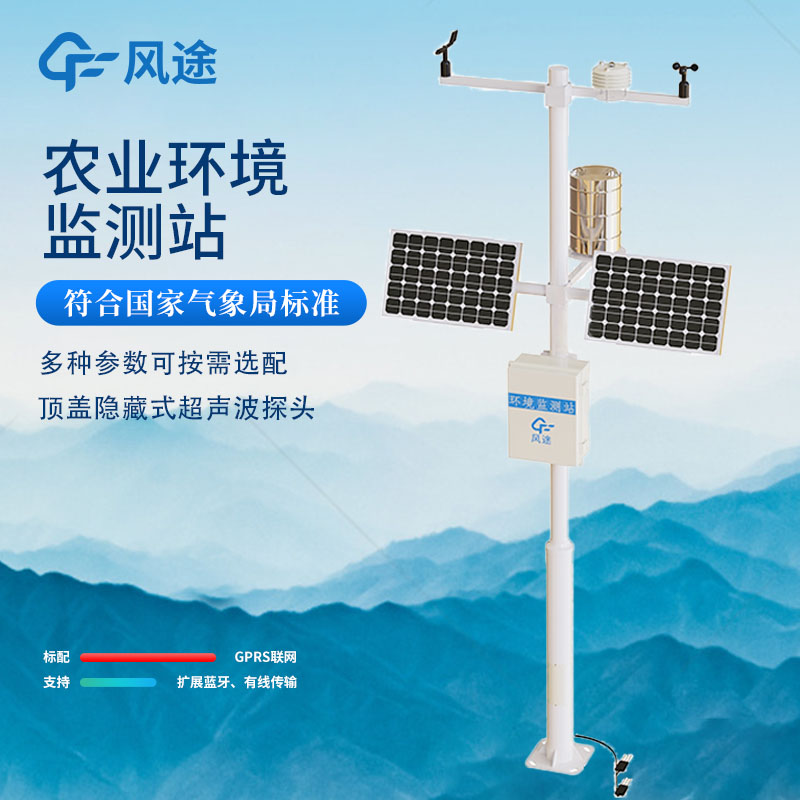Weather has a crucial impact on agriculture. Most field crops rely on rain and sunlight to survive, and meteorological conditions are also related to the health of livestock and food supply. The damage of severe weather to agriculture can be devastating. High temperatures, low rainfall, floods, sudden freezes, etc. are all unfavorable to crops, especially during the vulnerable stages of plant growth such as seed germination. Drought is usually the main cause of reduced grain production and economic losses on farms. Weather also has an indirect impact on crops, including changes in soil processes, nitrogen absorption dynamics, and the spread of pest populations. For example, heavy rain can lead to soil erosion and nutrient deficiency, and soil salinization during drought.
Given these potential direct and indirect effects of weather, agricultural producers need to plan in advance and rely on accurate and reliable data. For agriculture, the data from public weather stations are often insufficient. Companies and organizations in the agricultural field understand the importance of accurate agricultural weather forecasts. Although there are several publicly available resources, large enterprises prefer reliable Agricultural Weather Stations and data providers because accurate data helps them reduce costs and increase efficiency. Generally, weather stations cover a certain range, and the farther the distance, the less accurate the forecast. Typical prediction models based on combinations of specific conditions are not accurate and often fail to help make correct decisions or avoid agricultural risks. For example, the situation where it is forecast to rain but field crops are still short of water is an indication that public weather data is not applicable to agriculture.
Agricultural Weather Stations are designed to meet the needs of agriculture and can accurately monitor the micro - climate of farmland. They can monitor key meteorological elements such as temperature, humidity, light, wind speed, wind direction, and rainfall in real - time at close range. Their data are more targeted, enabling agricultural producers to better cope with weather changes, ensure yield and quality, effectively plan production, and reduce losses based on more practical information.

Article address:https://www.sqqx.net/en/news/342.html

 +86 15898932201
+86 15898932201



